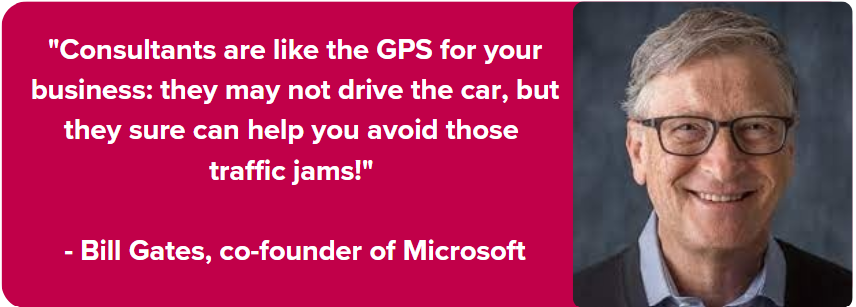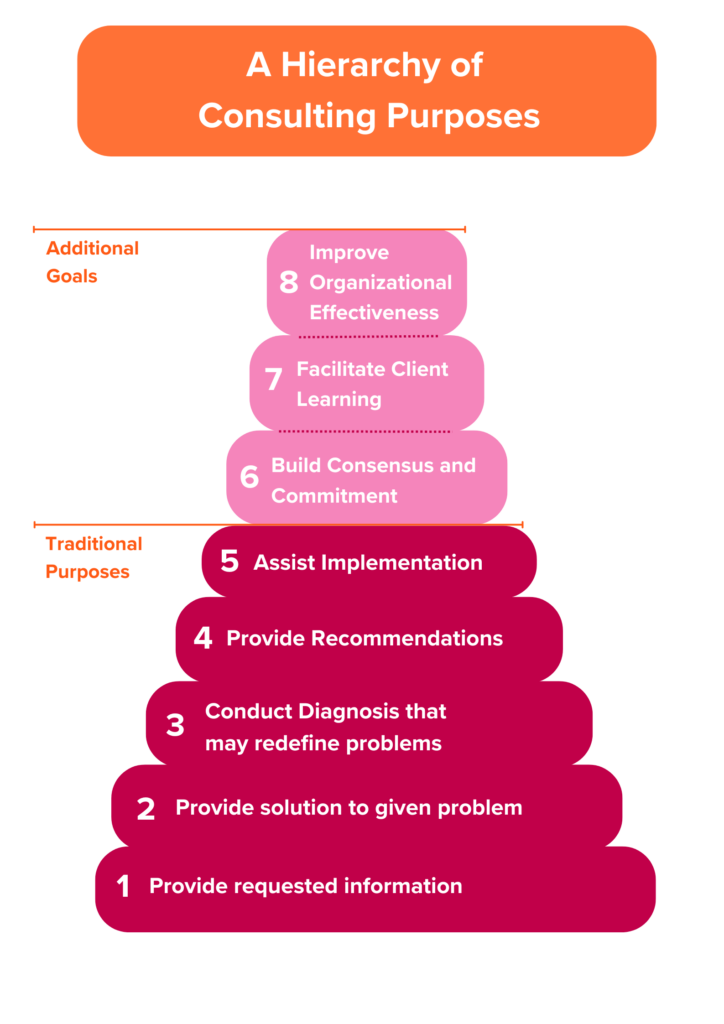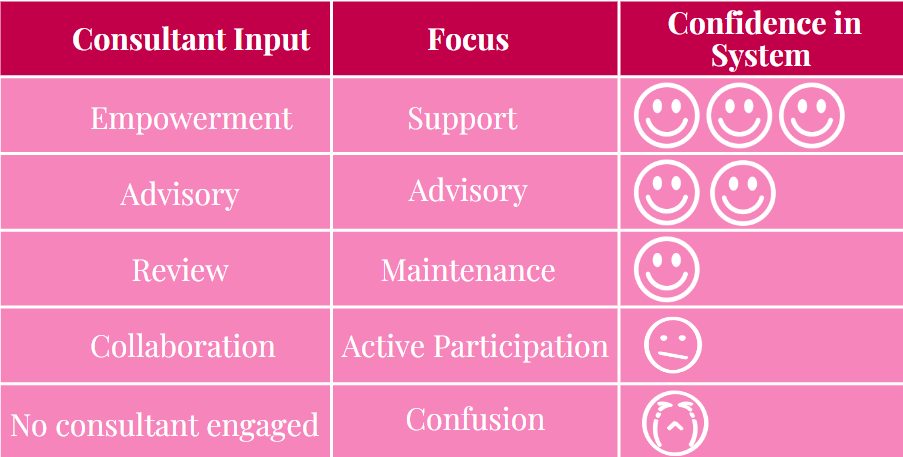June 10th, 2024

—————
By having the guidance of an expert in the industry, you are not left guessing where to start and what the next step is. You might find that you actually start rather than procrastinating.
I realised this recently when I started working with Jane Anderson, a strategic communications expert. Before I keep going, I want to make It clear that ‘I know my stuff’! I know my Industry and my expertise, however like all business owners we get bogged down in our day-to-day and can’t see the obvious sometimes. We are also great at specific skills and not so great at others. I am a very left-brain thinker, so I tend to be more logical, analytical and systems focused, and this suits my trade. However, to extend in certain areas the biggest challenge I found was using my right brain – I wasn’t even sure if it existed at one point.
When I first started the tasks that Jane had set me, I would procrastinate and even one morning I was in tears because It was all so new to me and I really didn’t know if I was capable of doing it. Now, with her support I am absolutely loving my right-brain development and I’m not so scared anymore. This reminds me of the saying that ‘a consultant is someone who borrows your watch and tells you the time’ which highlights the perception that consultants sometimes provide obvious or common-sense advice that clients could have figured out themselves. It’s a playful take on the idea that consultants may not always bring entirely new insights, but rather repackage existing knowledge.

——————
The HBR article Consulting Is More than Giving Advice lists these 8 fundamental objectives In hierarchical order:
- Providing information to a client
- Solving a client’s problems
- Making a diagnosis, which may necessitate redefinition of the problem
- Making recommendations based on the diagnosis
- Assisting with implementation of recommended solutions
- Building a consensus and commitment around corrective action
- Facilitating client learning—that is, teaching clients how to resolve similar problems in the future
- Permanently improving organizational effectiveness

This article also demonstrates the Hierarchy of Consulting Purposes in the image above which translates to:
- Lower-numbered purposes are better understood, practiced, and more requested by clients.
- Purposes 1 through 5 are generally considered legitimate functions, with some controversy surrounding purpose 5.
- Management consultants are less likely to address purposes 6 through 8 explicitly, and clients are not as likely to request them.
- Leading firms and clients are starting to approach lower-numbered purposes in ways that involve other goals as well.
- Goals 6 through 8 are considered by-products of earlier purposes, not additional objectives, and are essential to effective consulting even if not recognized explicitly at the beginning of the engagement.
- Moving up the pyramid requires increasing sophistication and skill in consulting processes and managing the consultant-client relationship.
- Sometimes, a professional may try to shift the purpose of an engagement, even when it’s not necessary, blurring the line between what’s best for the client and the consultant’s business.
- Reputable consultants do not usually try to prolong engagements or expand their scope without a valid reason.
- Regardless of the starting point on the pyramid, the consultant’s first job is to address the purpose the client requests.
- Both parties may agree to move to other goals as the need arises during the engagement.
For more details, please take the time to read this valuable article.
ISO Consultant vs Personal Trainer
Just as a personal fitness trainer continually monitors your progress, identifies areas for improvement, and adjusts the exercise plan accordingly, an ISO management system consultant conducts regular audits and reviews to assess the effectiveness of the system, identify potential weaknesses, and suggest necessary improvements. Moreover, both professionals understand the significance of long-term commitment and recognize that true success lies in maintaining a consistent effort and adapting to changing circumstances to sustain the results achieved. By having a consultant for building an ISO management system, your organization can benefit from a structured and well-organized approach, ultimately leading to improved efficiency, enhanced customer satisfaction, and a culture of continual improvement within your business.
——————–

———————-
Level 1.Consultant Empowerment: the consultant has successfully facilitated the seamless integration of the ISO management system into the business operations and has now handed over the reins to the organization and its workforce. Through their expertise, guidance, and collaborative efforts, the consultant has empowered employees at all levels to take ownership of the system and drive continual improvement. The organization’s leadership and employees are now equipped with the necessary knowledge, skills, and confidence to implement the ISO standards effectively. The consultant’s role has transitioned from direct involvement to a support and advisory capacity, where they remain available for consultation and periodic reviews. This empowerment approach fosters a culture of self-reliance, innovation, and commitment to excellence, as the organization continues to proactively enhance its ISO management system for sustained success
Level 2. Consultant Collaboration: In this level, the consultant works closely with the organization’s management and team members to develop, implement, and improve the ISO management system. The consultant actively participates in decision-making processes, provides recommendations, and collaborates on strategy development. The organization values the consultant’s expertise and considers their input when making critical decisions.
Level 3. Consultant Support and Review: At this level, the consultant plays a supportive role in the ISO management system’s development and maintenance. They review the organization’s progress, offer suggestions for improvement, and provide expert guidance when needed. While the consultant’s input might not directly influence every decision, their feedback and assessments are taken seriously by the organization.
Level 4. Consultant Advisory: In this level, the consultant serves in an advisory capacity, offering expert advice and insights to the organization’s management and key stakeholders. While not directly involved in day-to-day implementation, the consultant’s recommendations carry significant weight and are highly regarded. The organization seeks the consultant’s advice for complex issues and long-term planning.
Level 5. No Consultant Engagement. Choosing not to engage a consultant for the development of their ISO management system can present several challenges and negative aspects for a business. ISO standards can be complex and require specialized knowledge for effective implementation. Without a consultant’s expertise, the organization may struggle to interpret and apply the standards correctly, leading to potential nonconformances and inefficiencies. Consultants often bring insights from various industries and organizations, offering best practices for process improvement. Without this external perspective, the business might miss out on valuable opportunities to optimize their ISO management system. Developing and implementing an ISO management system can be time-consuming and resource intensive. Without a consultant to streamline the process, the organization’s internal teams may become overburdened, affecting their regular responsibilities.
Your Next Steps to Success
- Find the right consultant: Research and select a consultant with the expertise and experience that aligns with your specific business needs to ensure a good fit for your organization.
- Conduct a Gap Analysis: Perform a thorough evaluation to identify areas where your current practices do not meet the ISO standards, which will help in formulating a targeted improvement plan.
- Work with the consultant to understand the process: Collaborate closely with the consultant to gain a comprehensive understanding of the steps involved in implementing the ISO management system, ensuring everyone is on the same page.
- Team updates and reviews: Schedule regular updates and reviews with your team to track progress, address any challenges, and make necessary adjustments to stay on course.
- Engage an Expert to support you through this process: Secure ongoing support from an expert who can provide guidance, troubleshoot issues, and help you maintain momentum toward achieving certification.
———————
————————-
Work with an ISO Career Expert: Elevate your career as an ISO leader.

View comments
+ Leave a comment